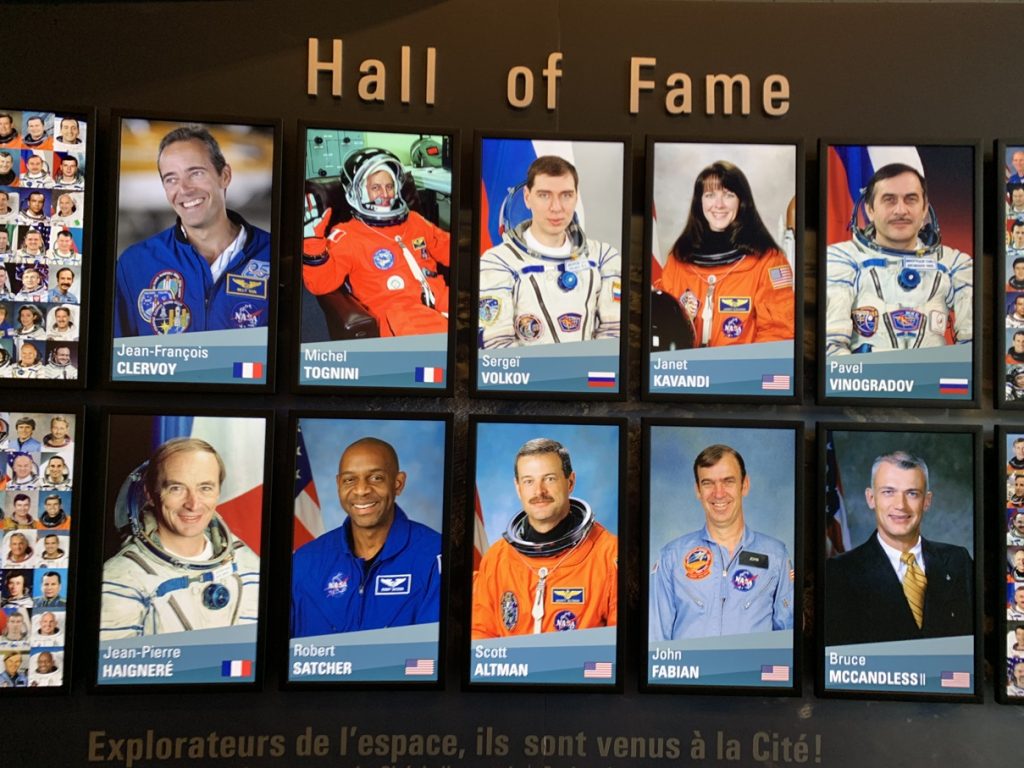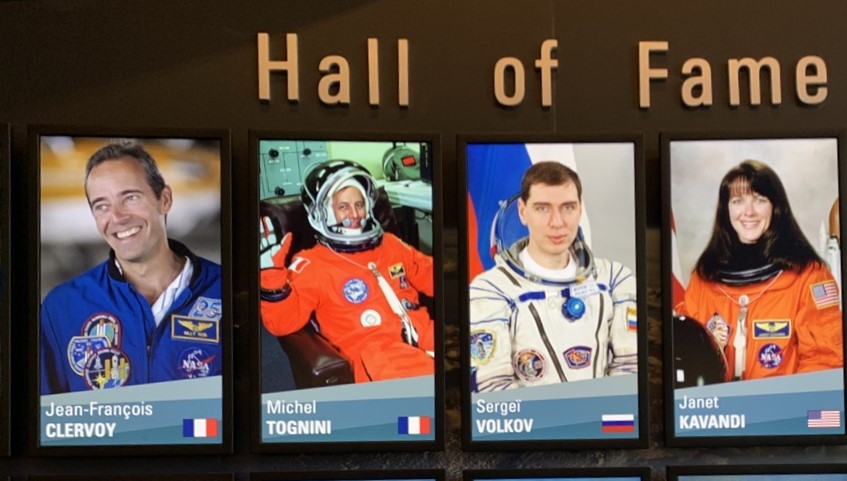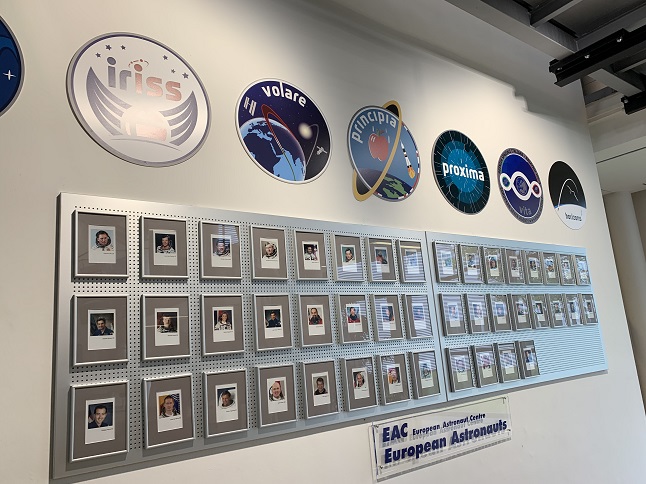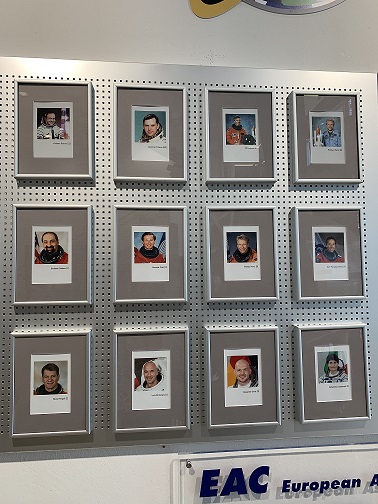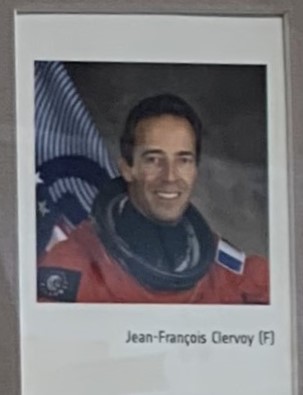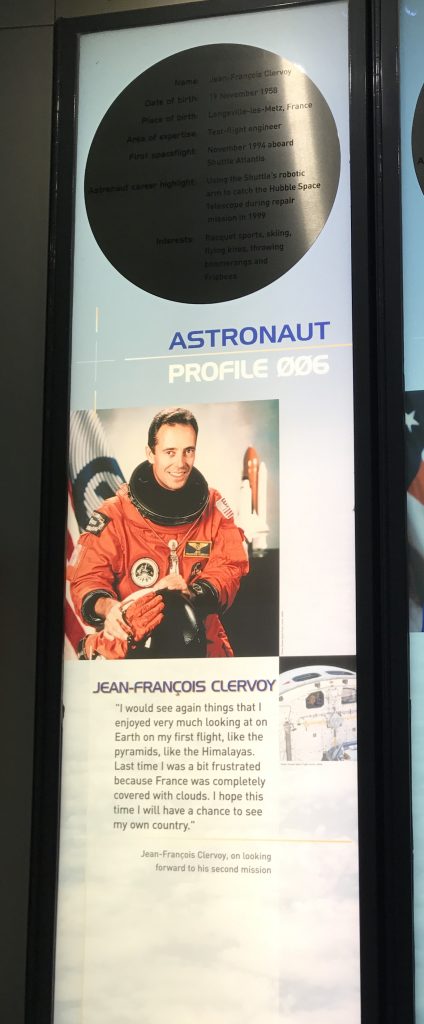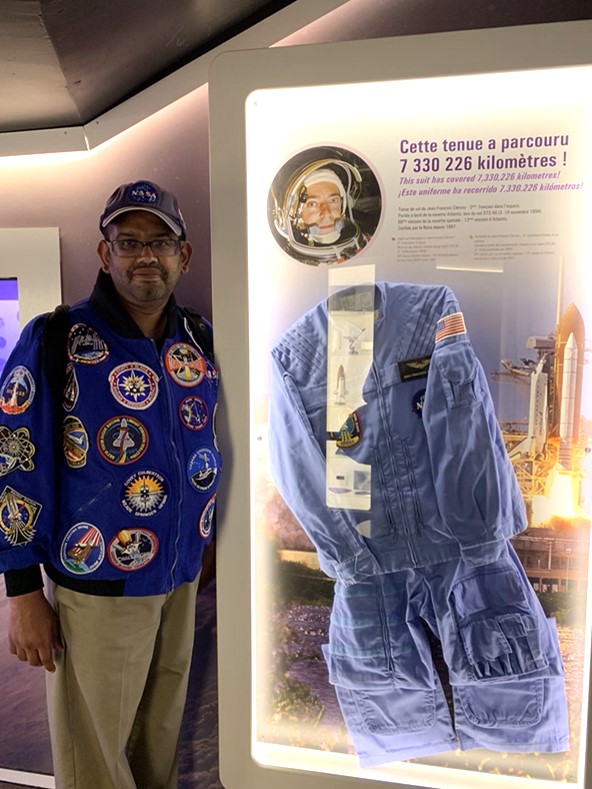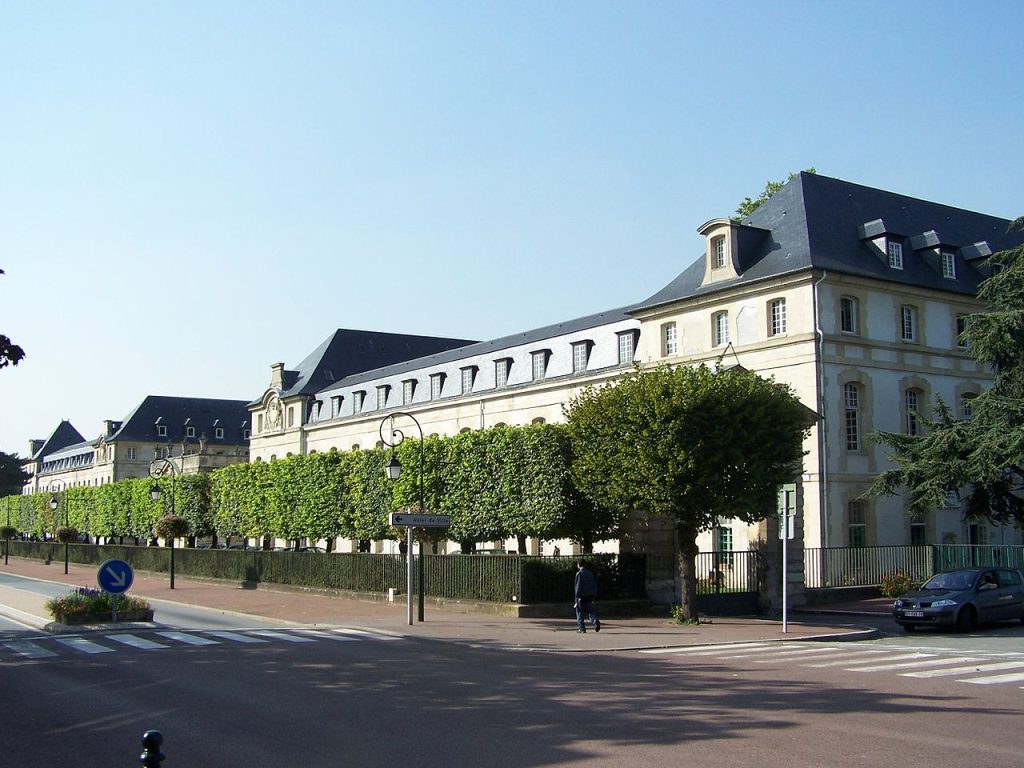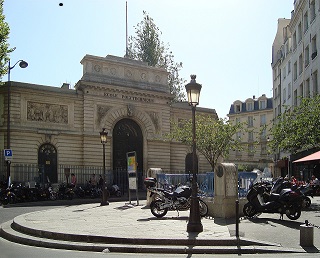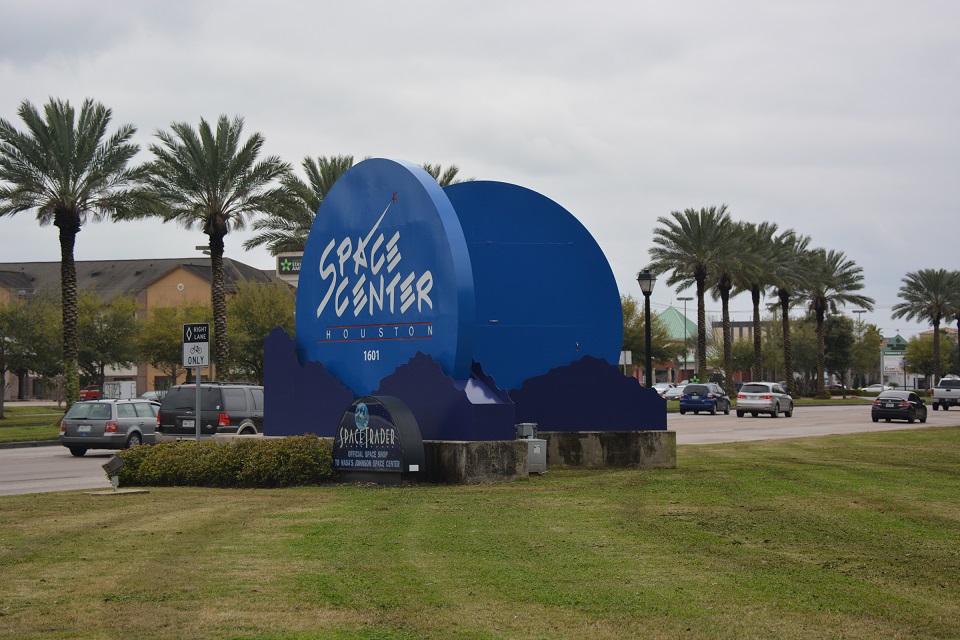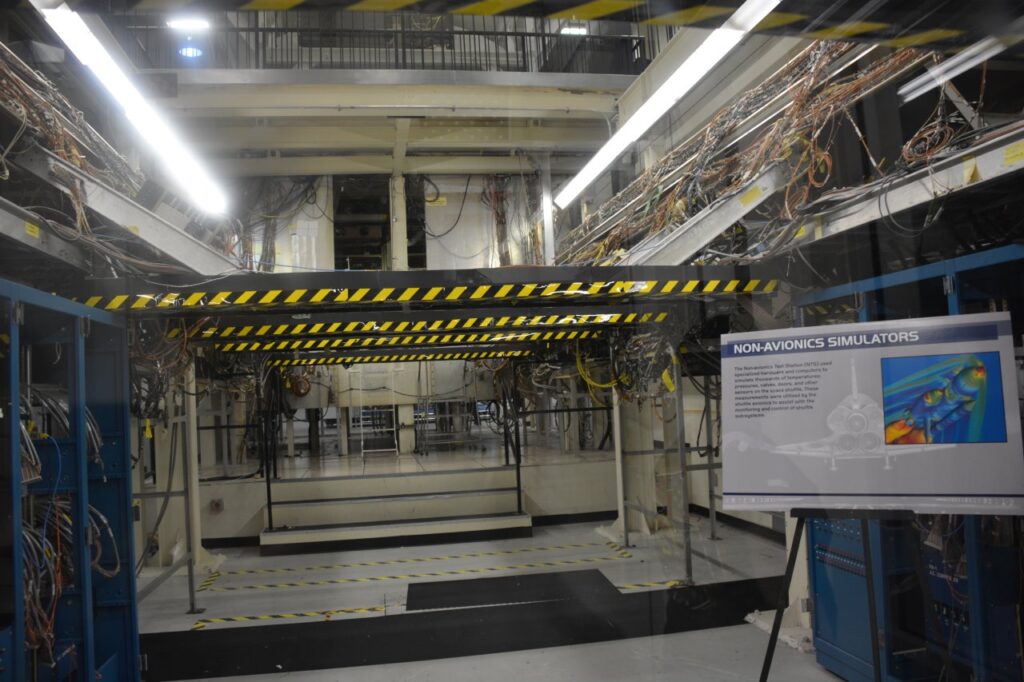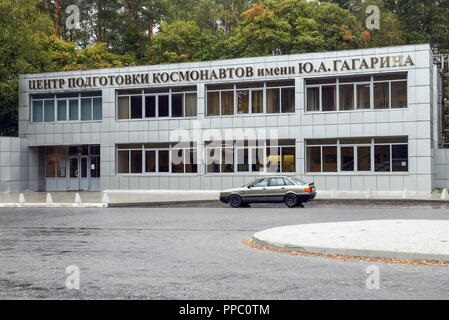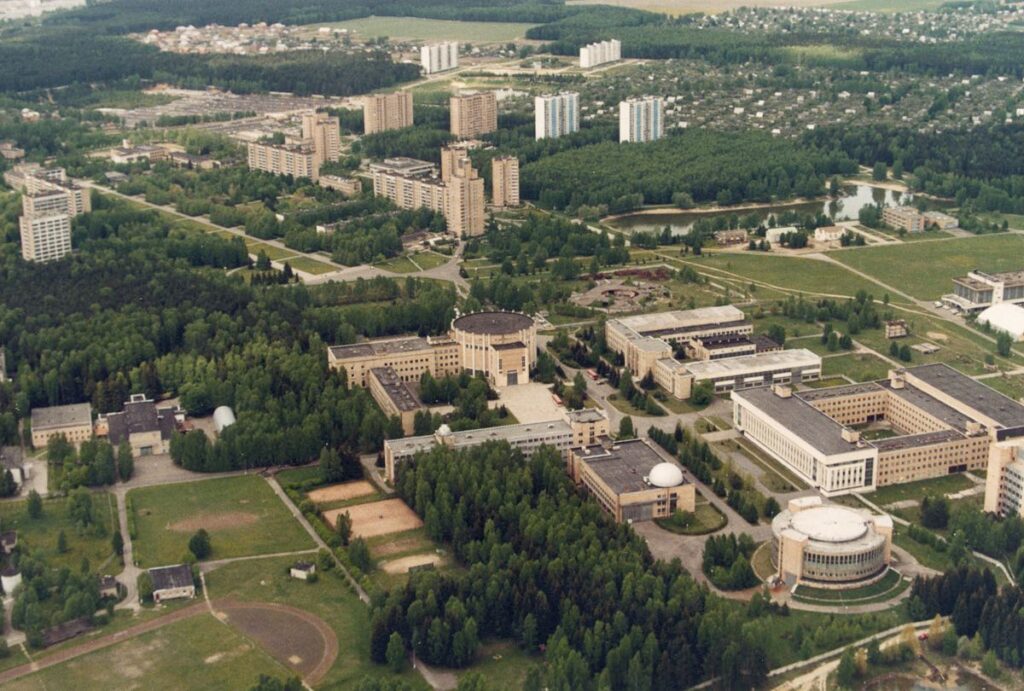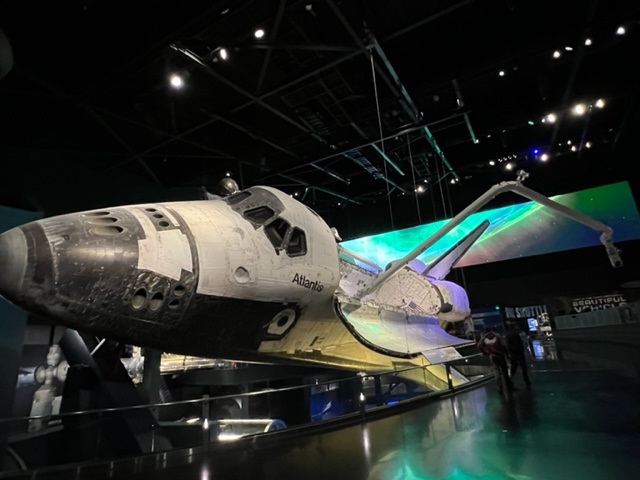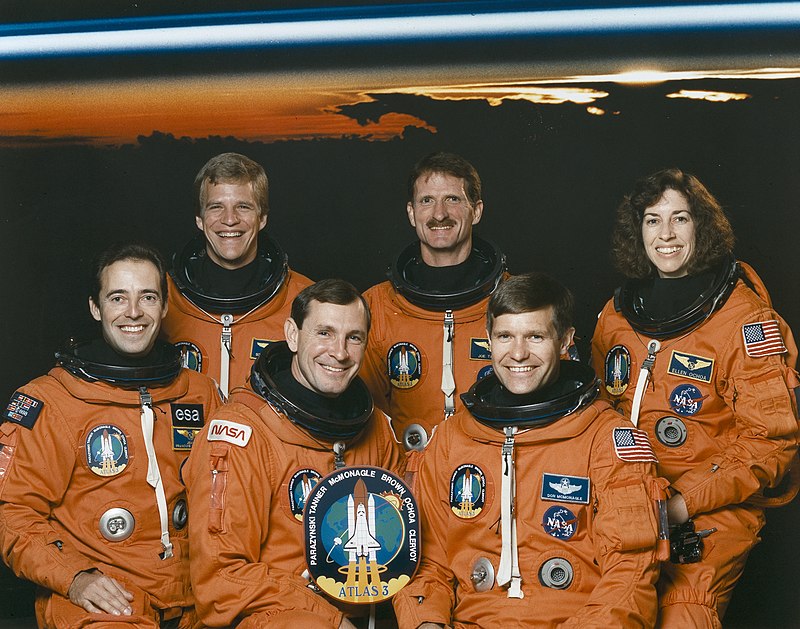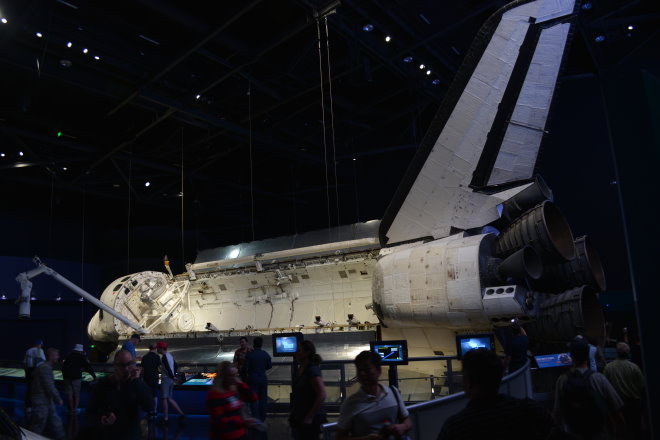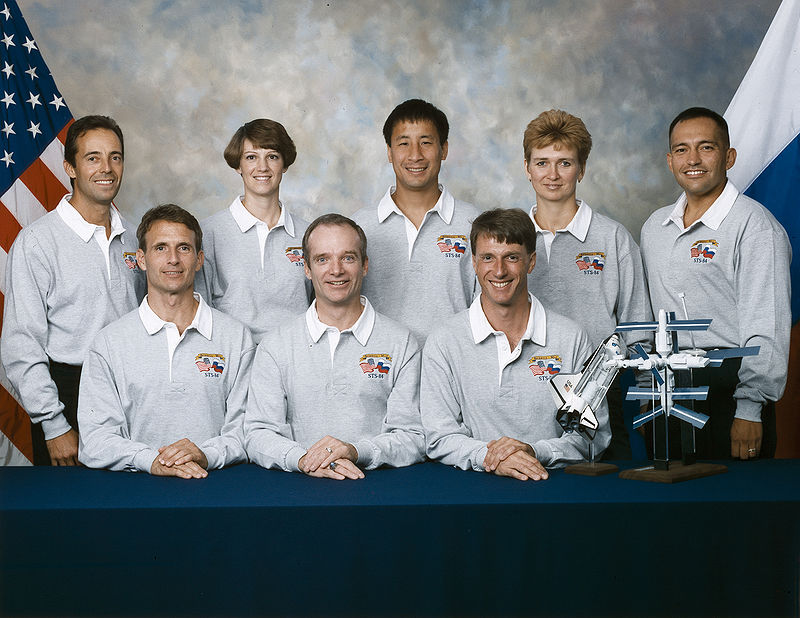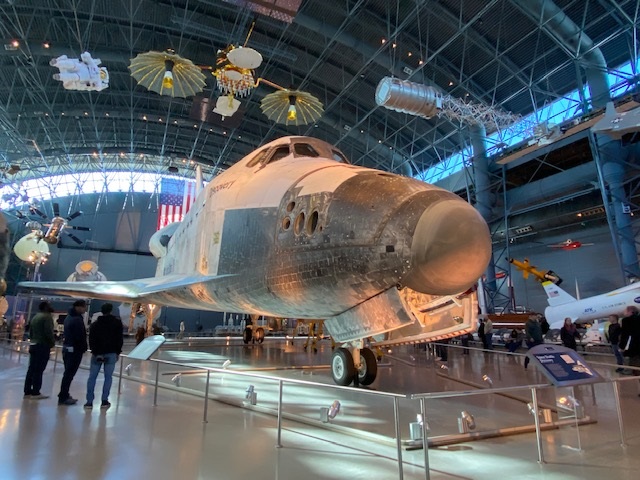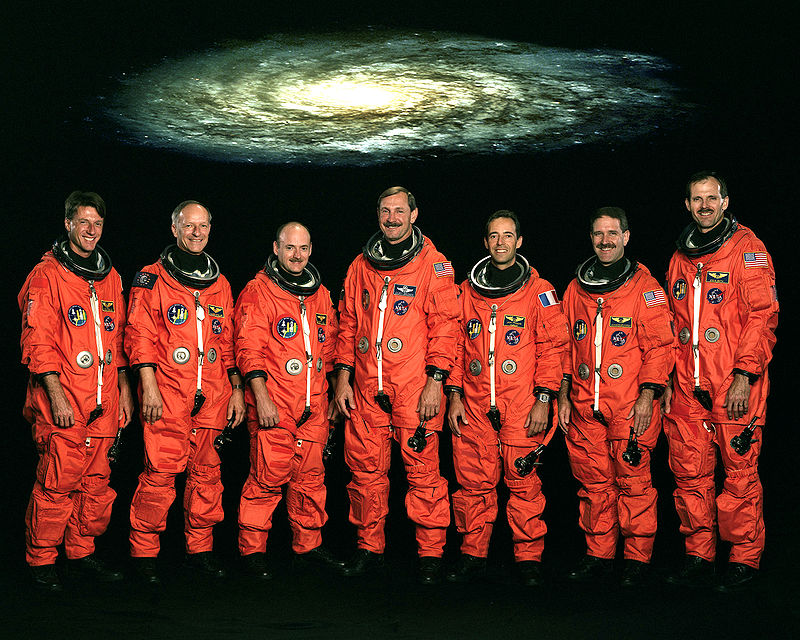| DESCRIPTION | NAME OF SITE | CITY | STATE |
| BIRTHPLACE | |||
| SCHOOL | Lycée militaire de Saint-Cyr | Coëtquidan, Guer, Morbihan, | FRENCH REPUBLIC |
| SCHOOL | École Polytechnique | PARIS | FRANCE |
| WORKED | SPACE CENTER HOUSTON | HOUSTON | TEXAS |
| WORKED | LAUNCH INTEGREATION- KENNEDY SPACE CENTER | MERRIT ISLAND | FLORIDA |
| NAME OF VEHICLE | NAME OF ORBITER | MISSION NUMBER | MISSION DESCRIPTION | LOCATION | CITY | STATE/COUNTRY |
| SPACE SHUTTLE | SPACE SHUTTLE ATLANTIS | STS-66 | The Atmospheric Laboratory for Applications and Sciences – 3 (ATLAS-03) was the primary payload aboard STS-66. It continued the series of Spacelab flights to study the energy of the sun and how it affects the Earth’s climate and environment. The ATLAS-03 mission made the first detailed measurements from the Shuttle of the Northern Hemisphere’s middle atmosphere in late fall. The timing of the flight, when the Antarctic Hole is diminishing, allowed scientists to study possible effects of the ozone hole on mid-latitudes, the way Antarctic air recovers, and how the northern atmosphere changes as the winter season approaches. | KENNEDY SPACE CENTER | MERRIT ISLAND | FLORIDA |
| SPACE SHUTTLE | SPACE SHUTTLE ATLANTIS | STS – 84 | The STS-84 mission was the sixth Shuttle/Mir docking mission and is part of the NASA/Mir program which consisted of nine Shuttle-Mir dockings and seven long duration flights of U.S. astronauts aboard the Russian space station. The prior Shuttle-Mir missions were STS-71, STS-74, STS-76, STS-79 and STS-81. The U.S. astronauts launched and landed on a Shuttle and served as Mir crew members while the Russian Mir crewmembers used their Soyuz vehicle for launch and landing. This series of missions expanded U.S. research on Mir by providing resupply materials for experiments to be performed aboard the station as well as returning experiment samples and data to Earth. | KENNEDY SPACE CENTER | MERRIT ISLAND | FLORIDA |
| SPACE SHUTTLE | SPACE SHUTTLE DISCOVERY | STS 103 | The primary objective of STS-103 was the Hubble Servicing Mission 3A. STS-103 had four scheduled Extravehicular Activity (EVA) days where four crew members worked in pairs on alternating days to renew and refurbish the telescope. NASA officials decided to move up part of the servicing mission that had been scheduled for June 2000 after three of the telescope’s six gyroscopes failed. Three gyroscopes must be working to meet the telescope’s very precise pointing requirements, and the telescope’s flight rules dictated that NASA consider a “call-up” mission before a fourth gyroscope failed. | STEVEN UDVAR HAZY | CHANTILLY | VIRGINIA |
